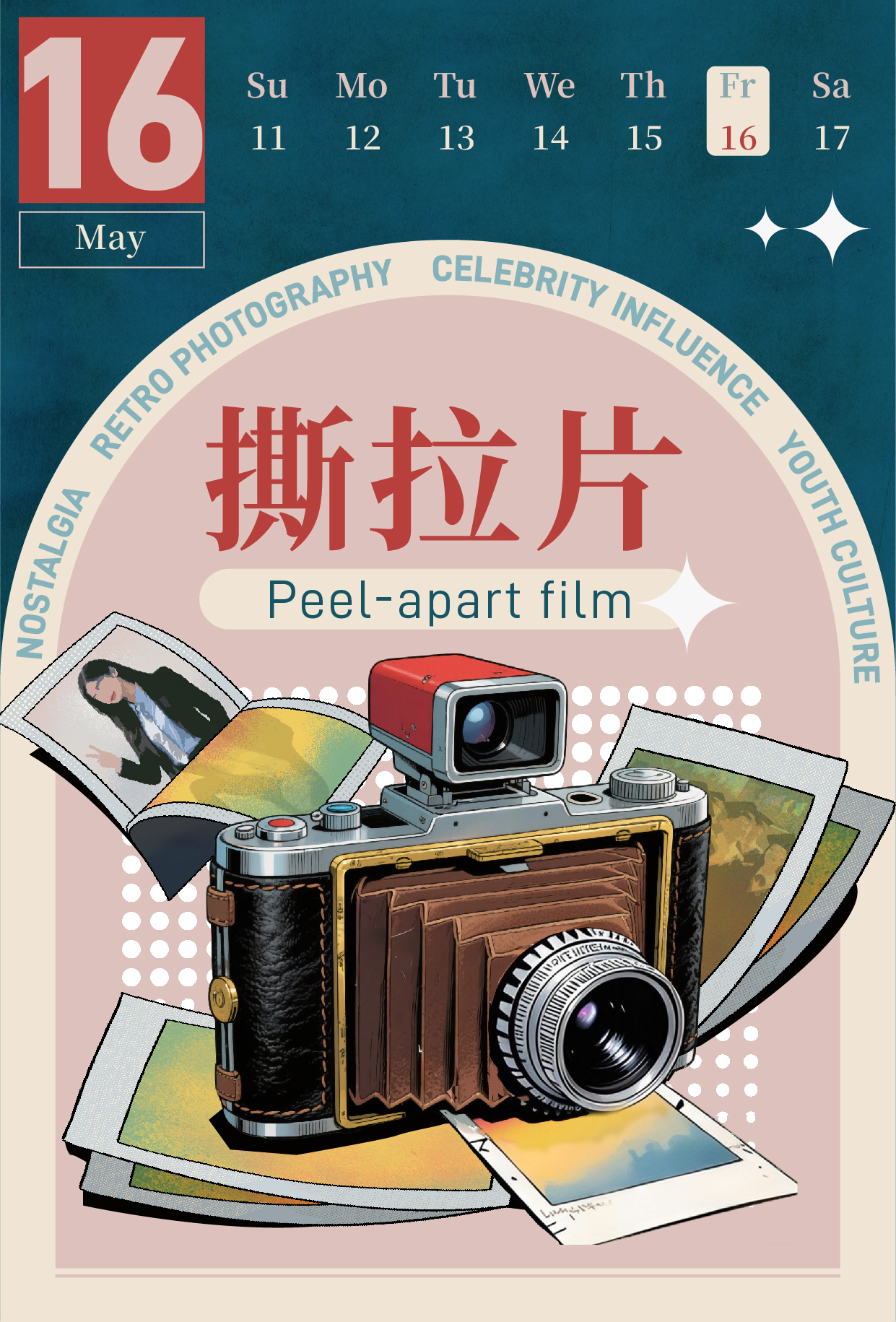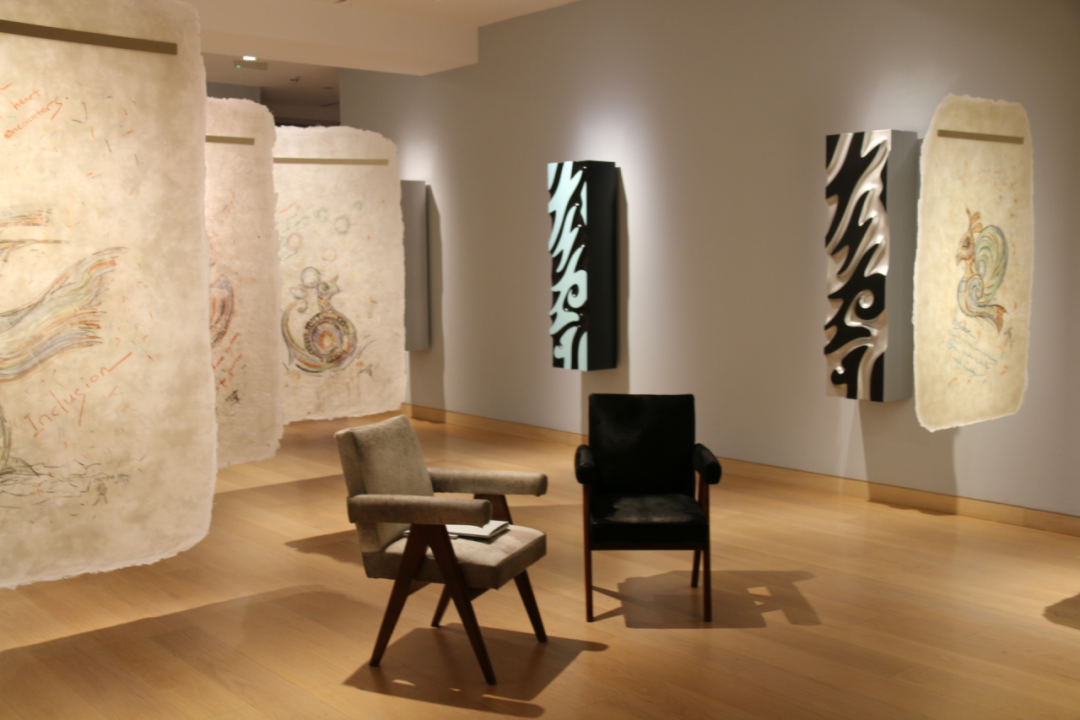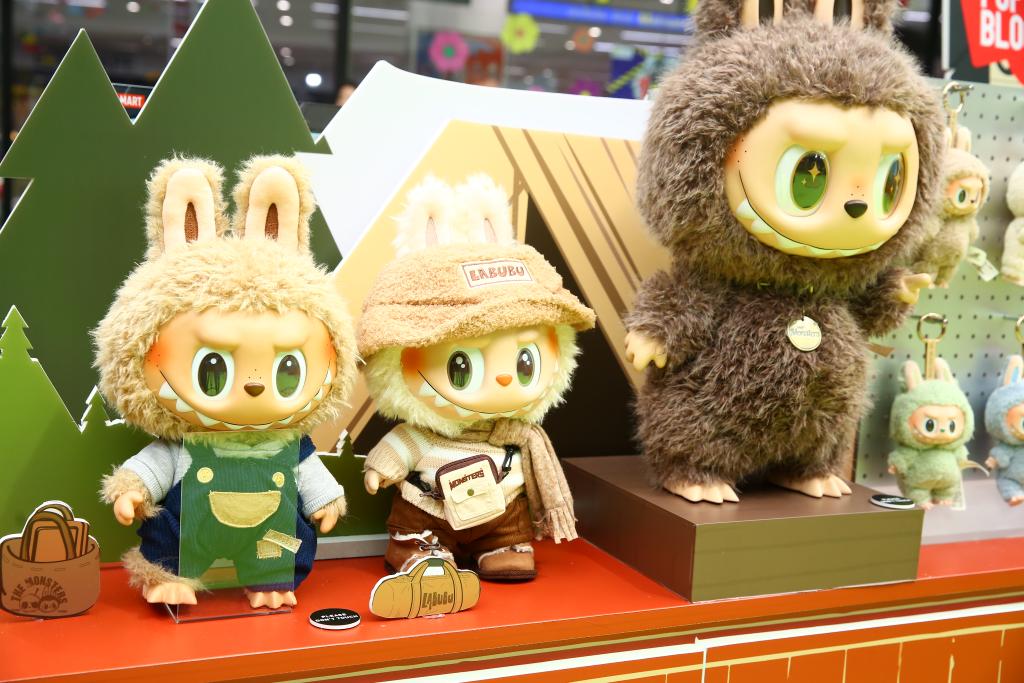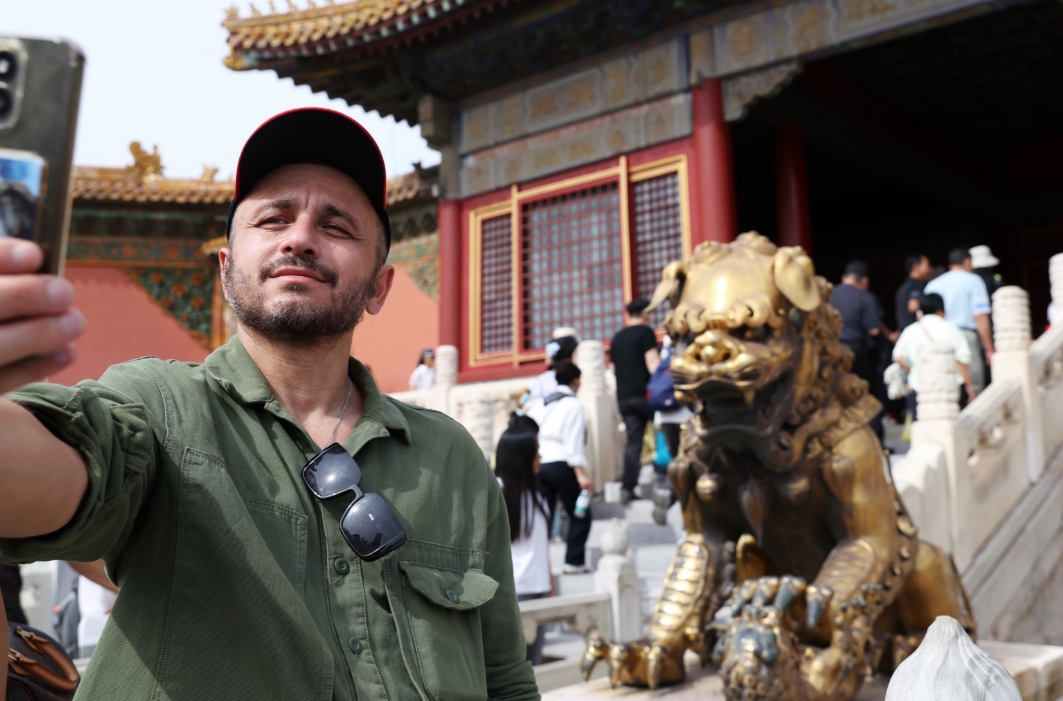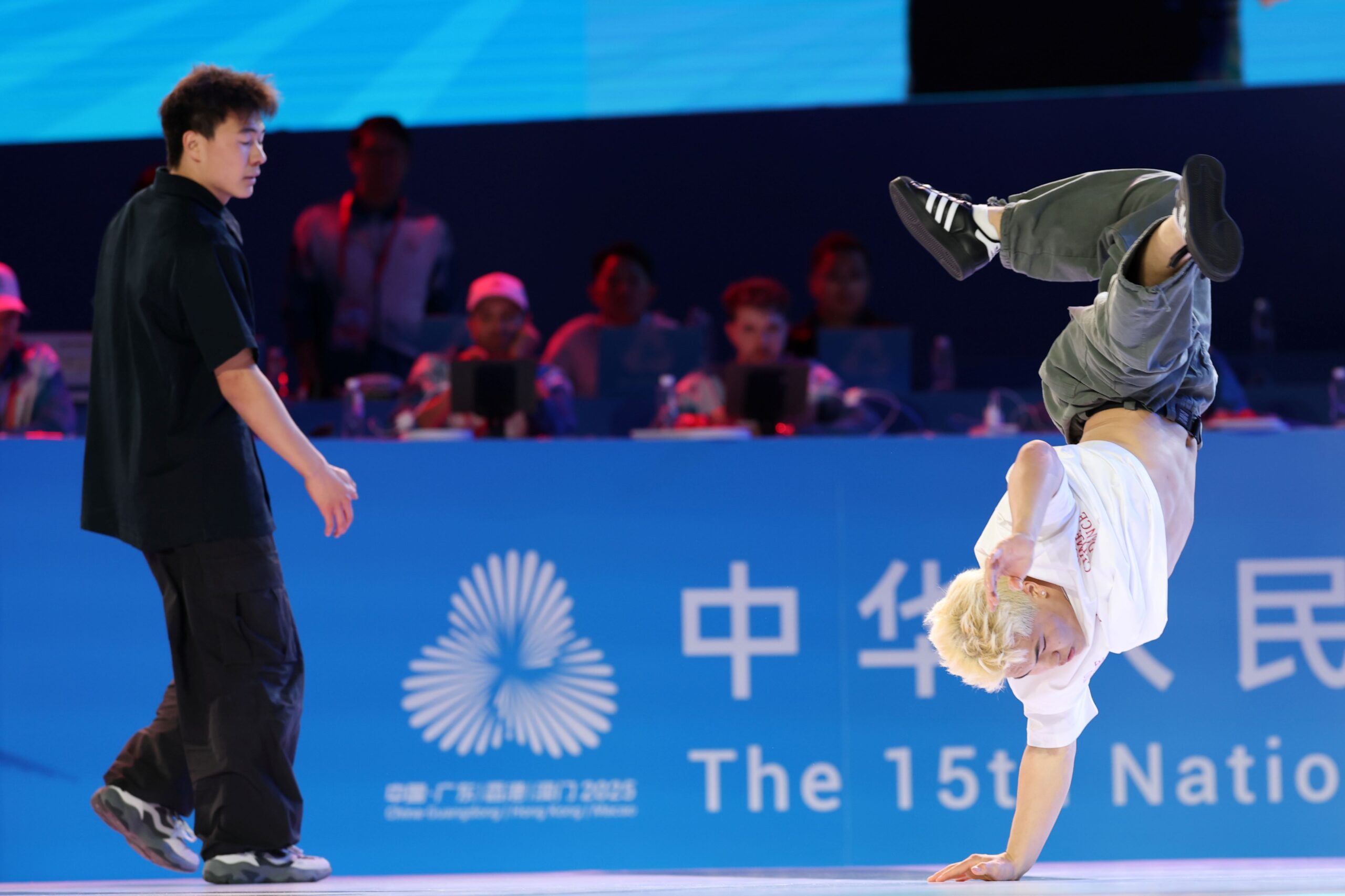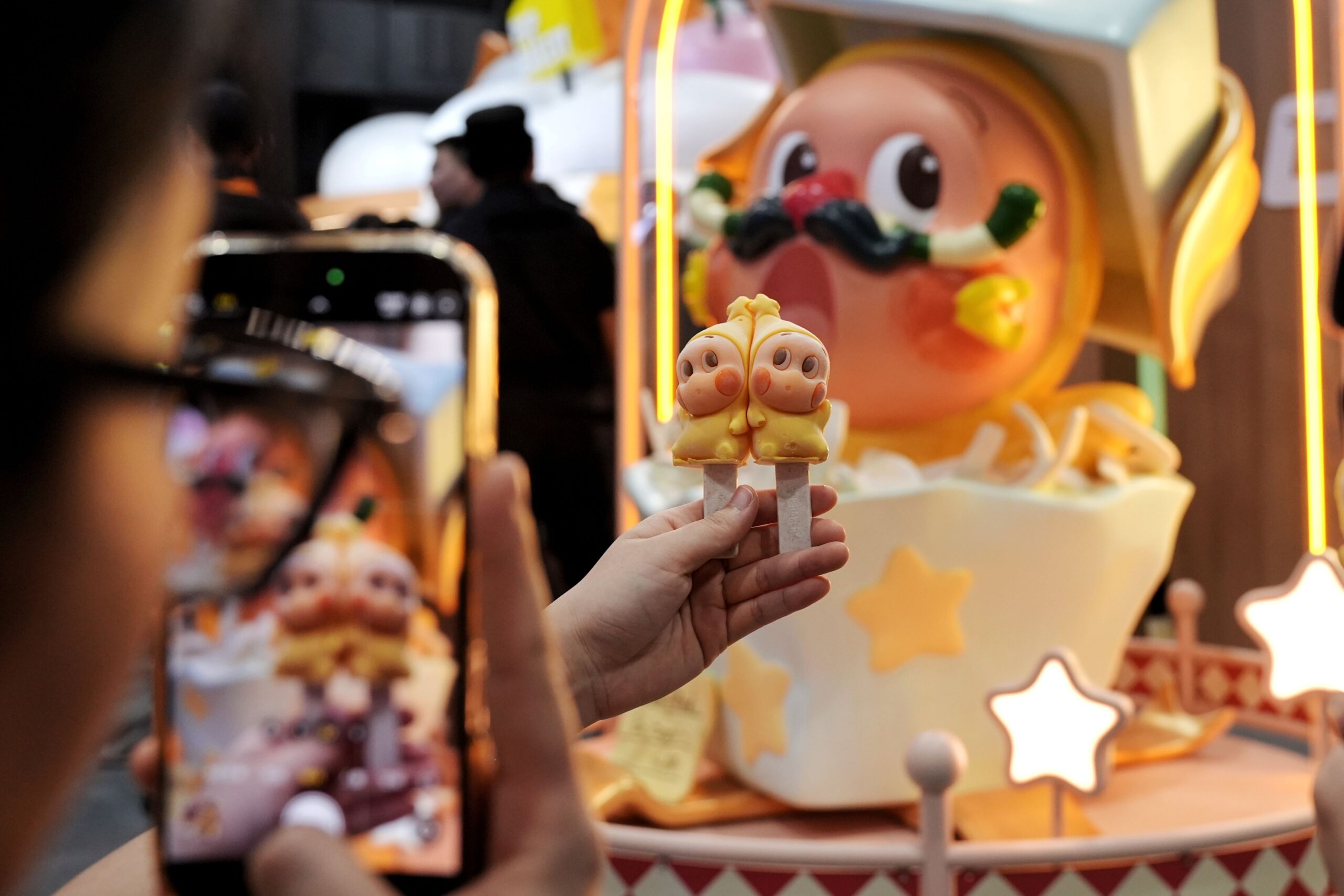In today’s world of instant digital photography, an old-school method called “peel-apart film” has surged in popularity across China. What’s driving this retro technique to become so coveted and so costly?
Recently, a college student in Hangzhou, Xiao Tang, shared her experience with Guangming Daily: “Last year, I paid 200 yuan for a peel-apart film photo to celebrate my birthday. Now, the same shop charges 360 yuan. The ‘Bigshot’, white-border version, popular among celebrities, costs 400 yuan!” She added, the shop owner said the original price no longer covers the cost of materials.
Historically, Polaroid and Fuji discontinued peel-apart film cameras and supplies in 2008 and 2016. At the time, a pack of 10 sheets sold for around 70 yuan. As time went on, and as remaining stock declined, the price soared to 200 yuan per pack by 2018. Fast forward to 2025, the price reached staggering highs of 1,600 to 3,000 yuan per box—a 20-fold increase from the original price.
Meanwhile, celebrity influence amplified the craze. When musician Ouyang Nana shared her peel-apart film photos in late 2024, fans rushed to replicate her style. In response, photography studios quickly capitalized on the trend, offering “star-inspired” sessions.
What exactly makes peel-apart film so unique? Generation Z entrepreneur Xiao Shu, who runs a peel-apart film studio, explained: “After taking the photo, you manually pull the film out, wait for it to develop, then peel it apart to reveal the image. Unlike instant cameras, it’s a hands-on process. Young people love the nostalgia and the ritual of it.”
Moreover, China’s photography scene has embraced multiple retro waves in recent years. Instant cameras, early-2000s CCD cameras, and even Nokia phones with “vintage” photo effects all enjoyed fleeting fame. CCD cameras, once dismissed as e-waste and sold by weight, briefly became luxury items priced in the thousands. Nevertheless, as trends faded, their resale values plummeted.
In the end, some profit from these fleeting fads. Others cherish the emotional appeal of analog photography. Either way, one thing remains certain: the next retro obsession is already on the horizon.
Written by Yi Shen, poster designed by Di Wang.
If you liked this article why not read: Museum: A Place for Cultural Identity and Cultural Exchange

